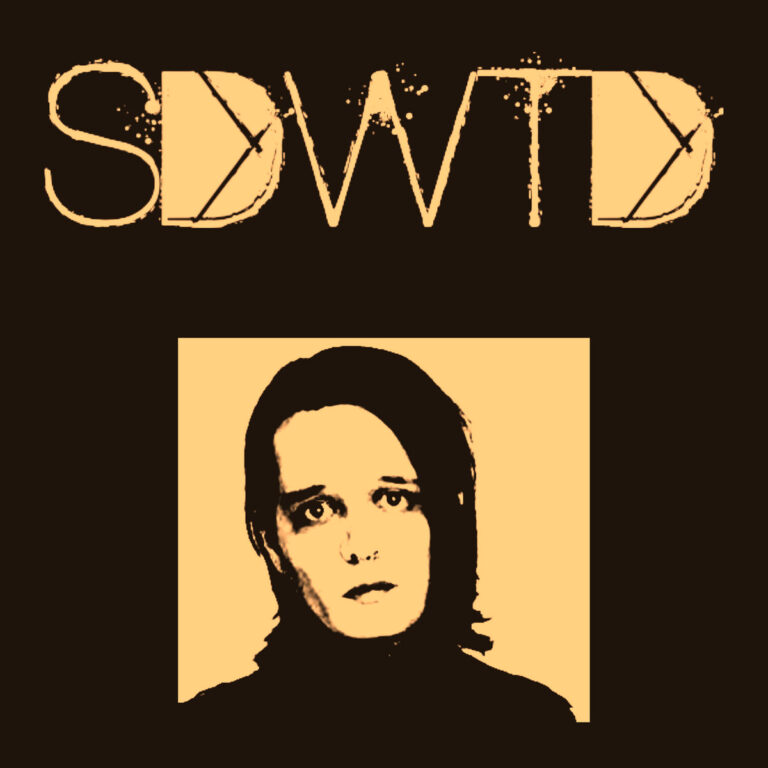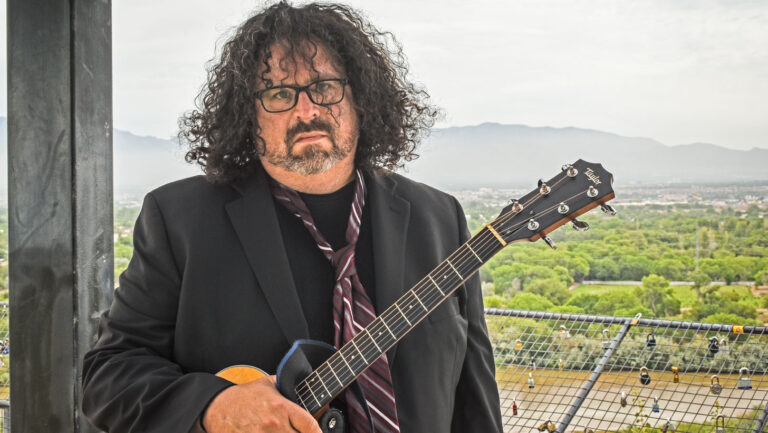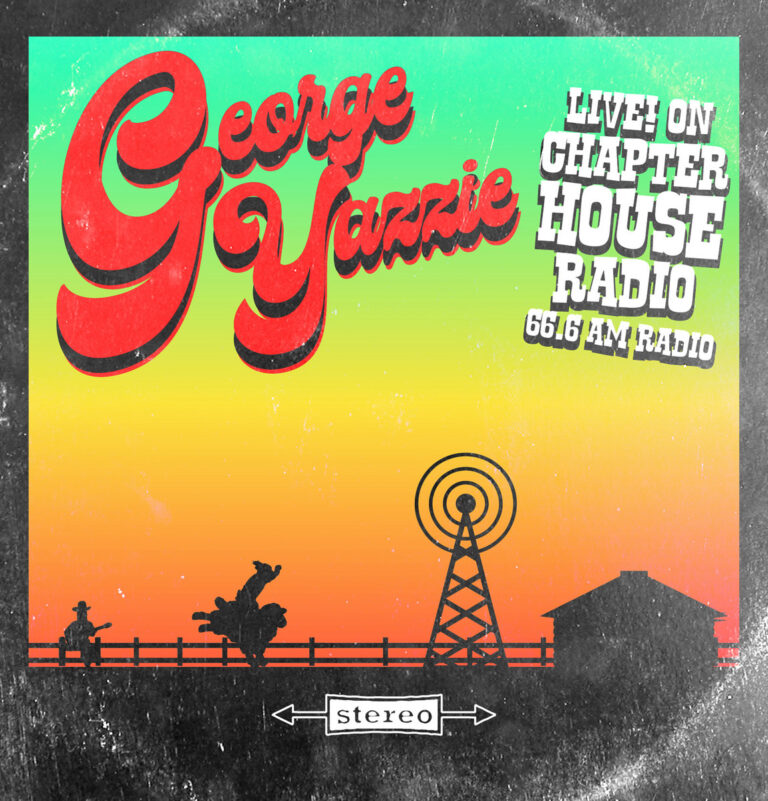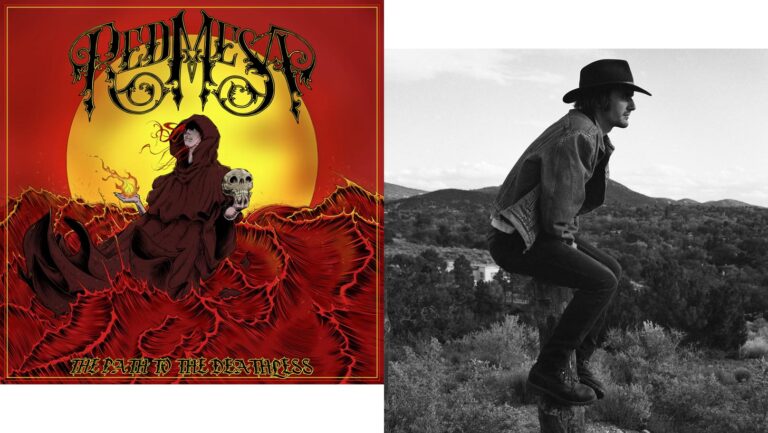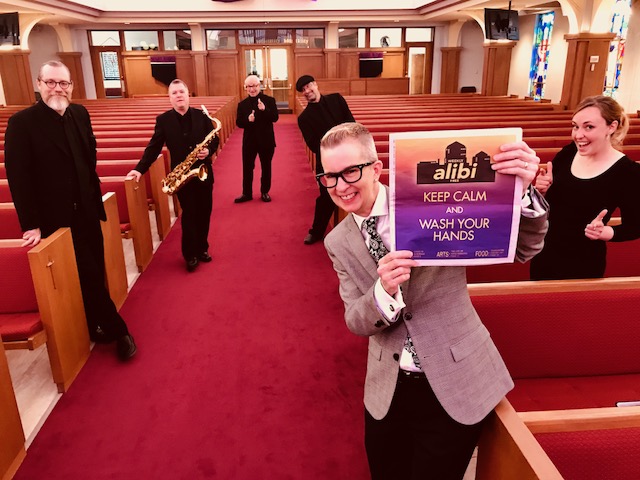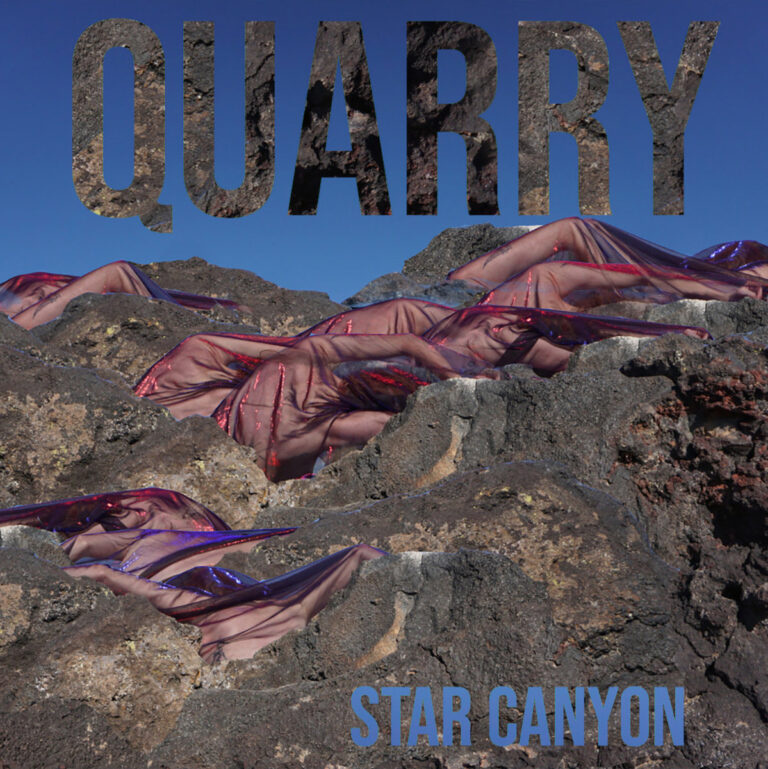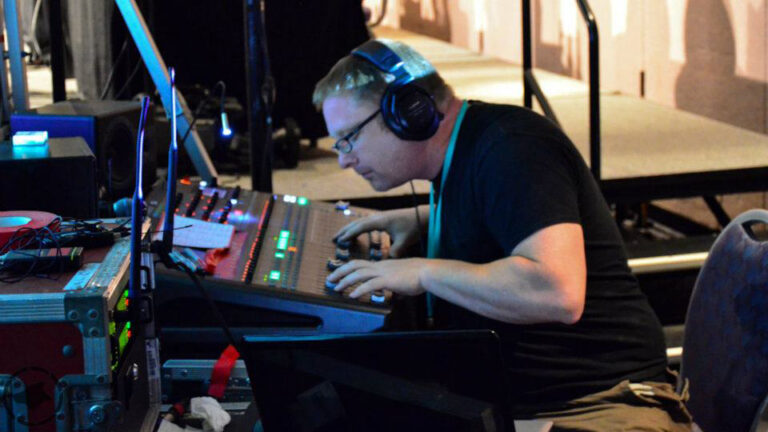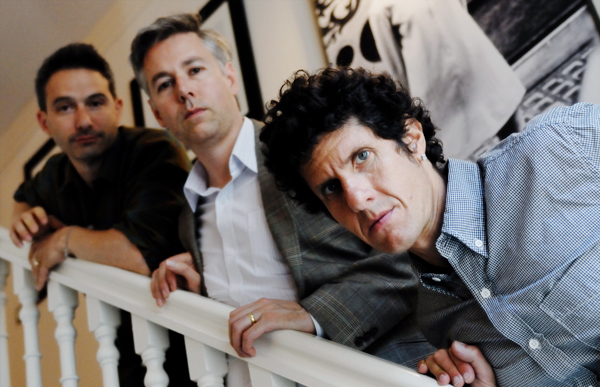Ragtime Music
This style of American popular music was based on marches. Marches, like the kind composed by John Philip Souza in the mid-19th century had been the reigning form of pop music in the United States until ragtime came along.Though based on the march genre, ragtime incorporated the polyrhythms and syncopation of African music, things which had been introduced to the American ear at large after the Civil War and the Emancipation Proclamation.Historically, the biggest force in the meteoric rise of ragtime was an African-American composer named Scott Joplin. Joplin wrote songs like the “Maple Leaf Rag” which influenced other composers of the time and made the genre mainstream. When Joplin died at the age of 48, in 1916, ragtime began a four-year decline in popularity. The jazz age was born in about 1921 and ragtime just about disappeared by that standard gauge.The same period of time that saw the ascent of ragtime also witnessed the rise of the American railroad as the prime means of moving Americans from coast to coast and everywhere in between.Unlike ragtime, though, rail travel continued to dominate American life and culture until the mass production of automobiles and the coming of the interstate highways after World War II changed the dynamic once again.Adam Swanson
It was just such changing dynamics that led to Swanson’s engagement in Albuquerque. The ability to link this once popular but still highly listenable form of American popular music with efforts to sustain the local Wheels Museum fascinated founder Leba Freed. She soon enlisted the help of Albuquerque musician Judy Muldawer to make something happen.While discussing the upcoming benefit concert, Muldawer had the idea of telphoning pianist Adam Swanson to get his take on things. Swanson reflected on his instrument, a still vital genre, the railroad and Albuquerque’s place in all of that.The ragtime pianist told Weekly Alibi that “Ragtime is the first truly original American music. Every other style of popular music that we know and love—from blues and jazz and big band to rock and roll and even what comes next—can be traced back to ragtime in one way or another.”Swanson continued, explaining to readers that between 1895 and 1920, ragtime was the music that introduced the modern age of music in this nation. “It’s hard to imagine now that instrumental piano music could have been the pop of its day, but it was indeed.”Swanson’s career as a player of this unique form of pop music began at an early age and he told us about that musical journey, saying, “I became a protégée of Johnny Maddox, who was born and raised in Gallatin, Tenn. He is the only ragtime pianist with a star on the Hollywood Walk of Fame—he’s right next to Will Rogers. I started working with him in Durango, Colo. when I was 14 years old.”Swanson and Mattox would play gigs at the Diamond Belle Saloon in the historic Strater Hotel in Durango. There isn’t really any other venue in the nation, the pianist recalled, that still hires ragtime piano players and offers the genre as a mainstay sound for concert-goers. “I sort of feel like the last man standing,” Swanson told Weekly Alibi. “I’m trying to devote my life to ragtime—largely—and related styles of music.”Though the music and its performance are now rarefied things, Swanson says that American audiences are still very appreciative of the format and his playing, too. “The music is so far out of peoples’ memory now, but when they are exposed to it, when they hear it, they love it. It’s very upbeat music. It’s great anytime, especially these days.”Swanson says that during the early 20th century, there were many ragtime pieces and popular songs written about transportation, particularly travel by rail. “These two eras sort of coincide with each other. One thing I am definitely going to do is that I’m going to play some boogie-woogie piano. That sound imitated the sounds of steam locomotives. So I’m also going to do some pieces by African American composer Meade Lux Lewis.”Finally, the last ragtime master told us that people should come out to hear a recital of music from over 100 years ago. “People love early American popular music. It’s something that people don’t have many chances to hear live anymore. Here is the history of American music. I try to work all of that into my performances.”Rails, Roads and Ragtime
A Solo Piano Performance by Adam SwansonSunday, Feb. 9 at 3pm • First Unitarian Church • 3701 Carlisle Blvd. NE$22.86 in advance, $25 at the door • my505tickets.com
